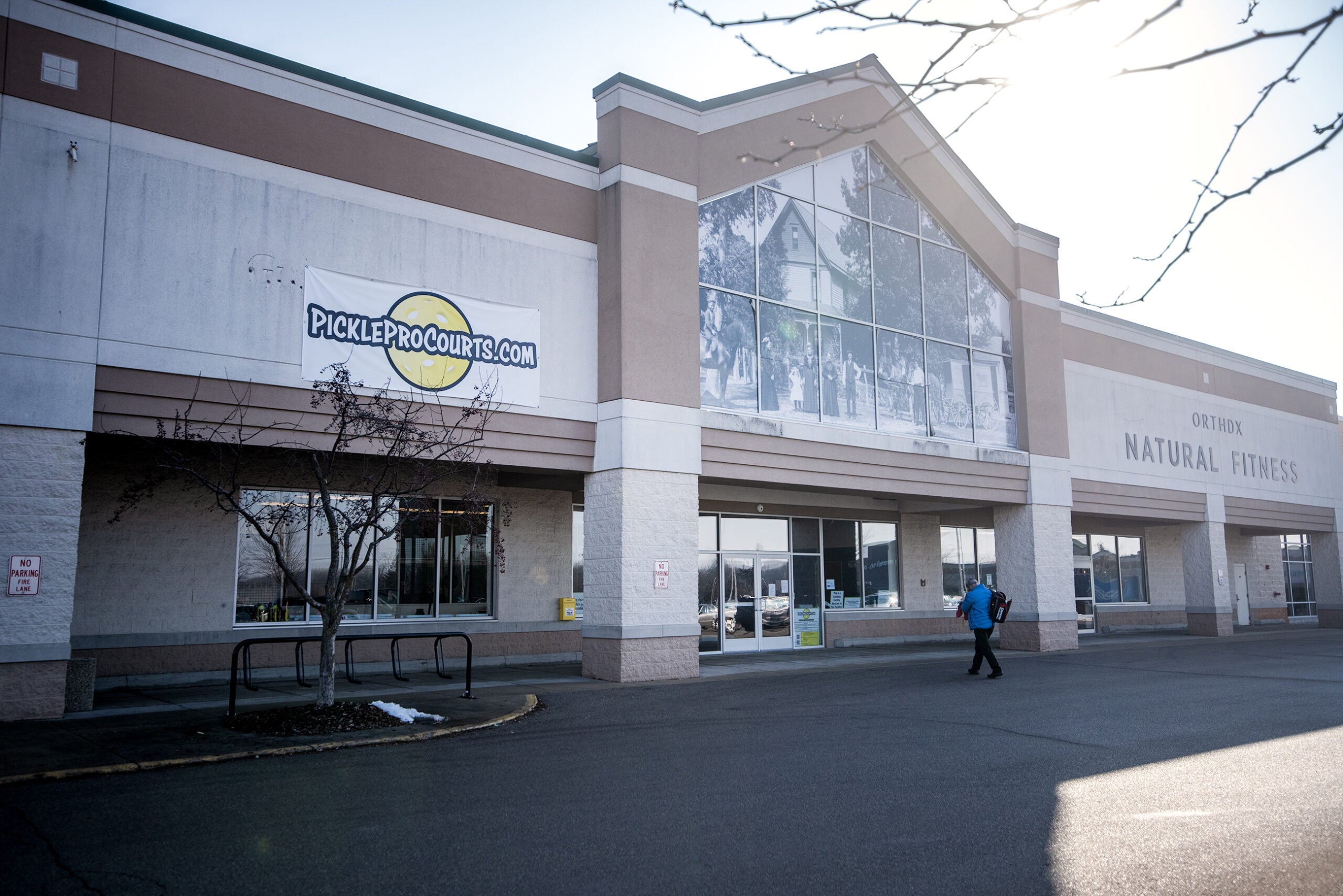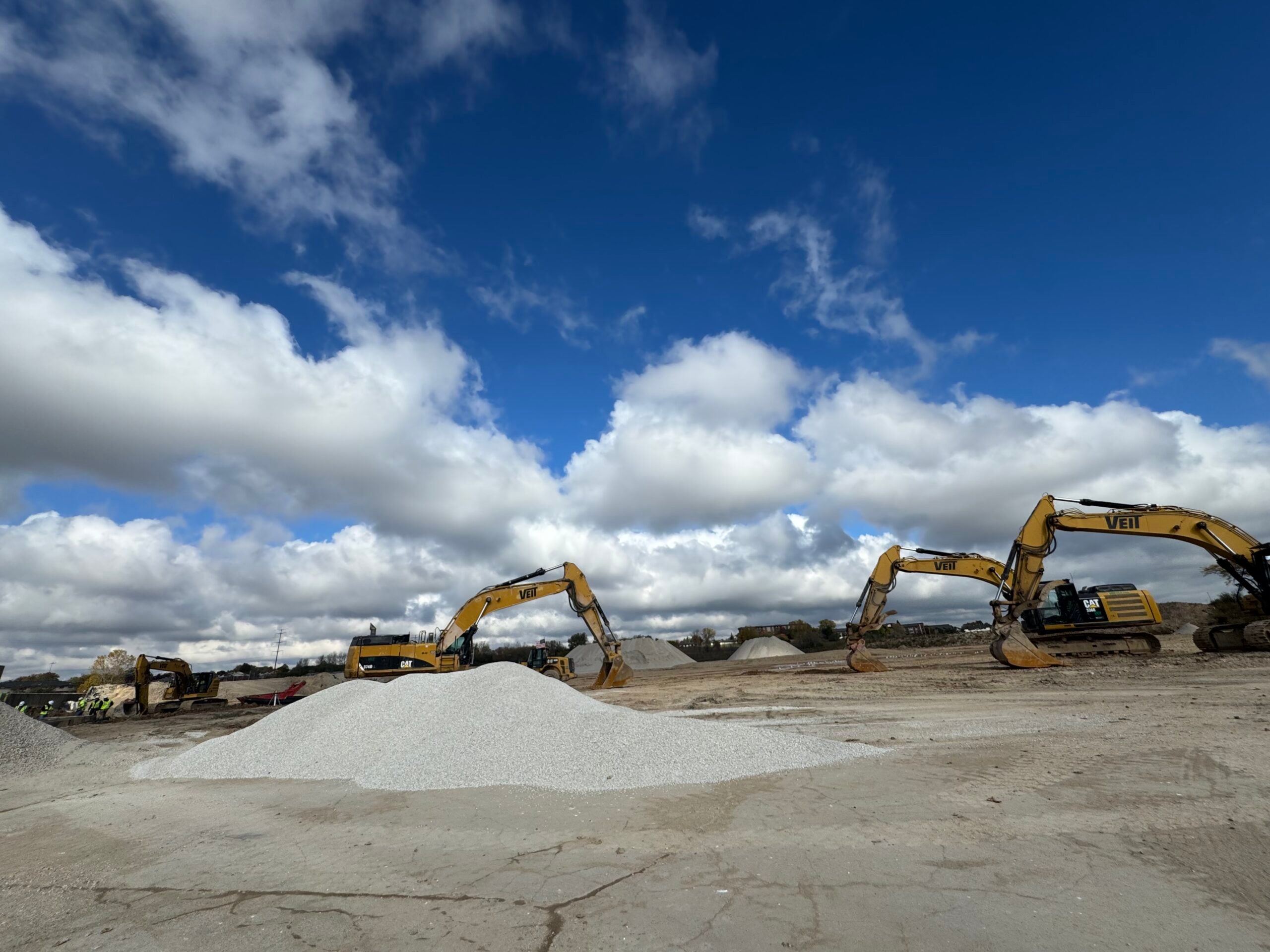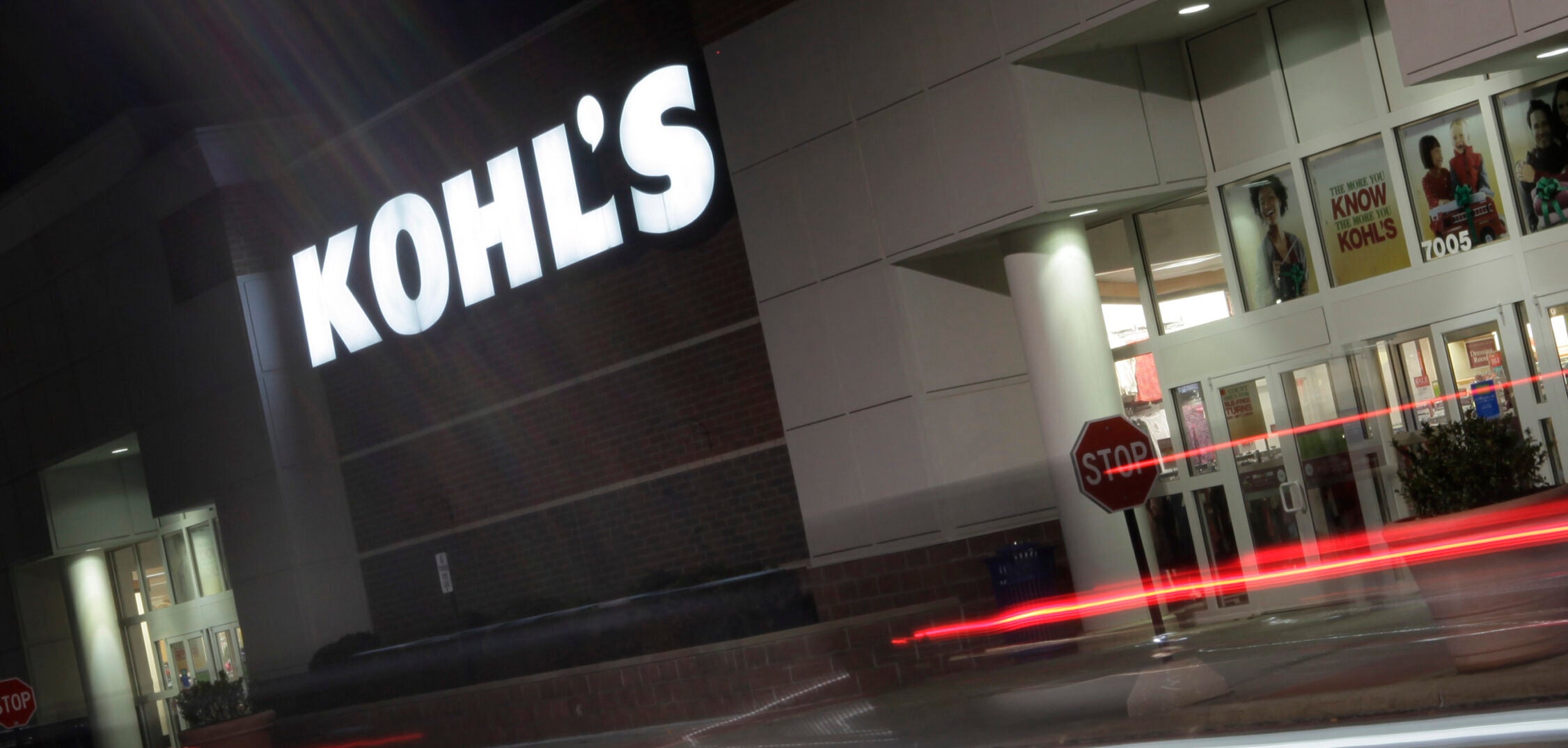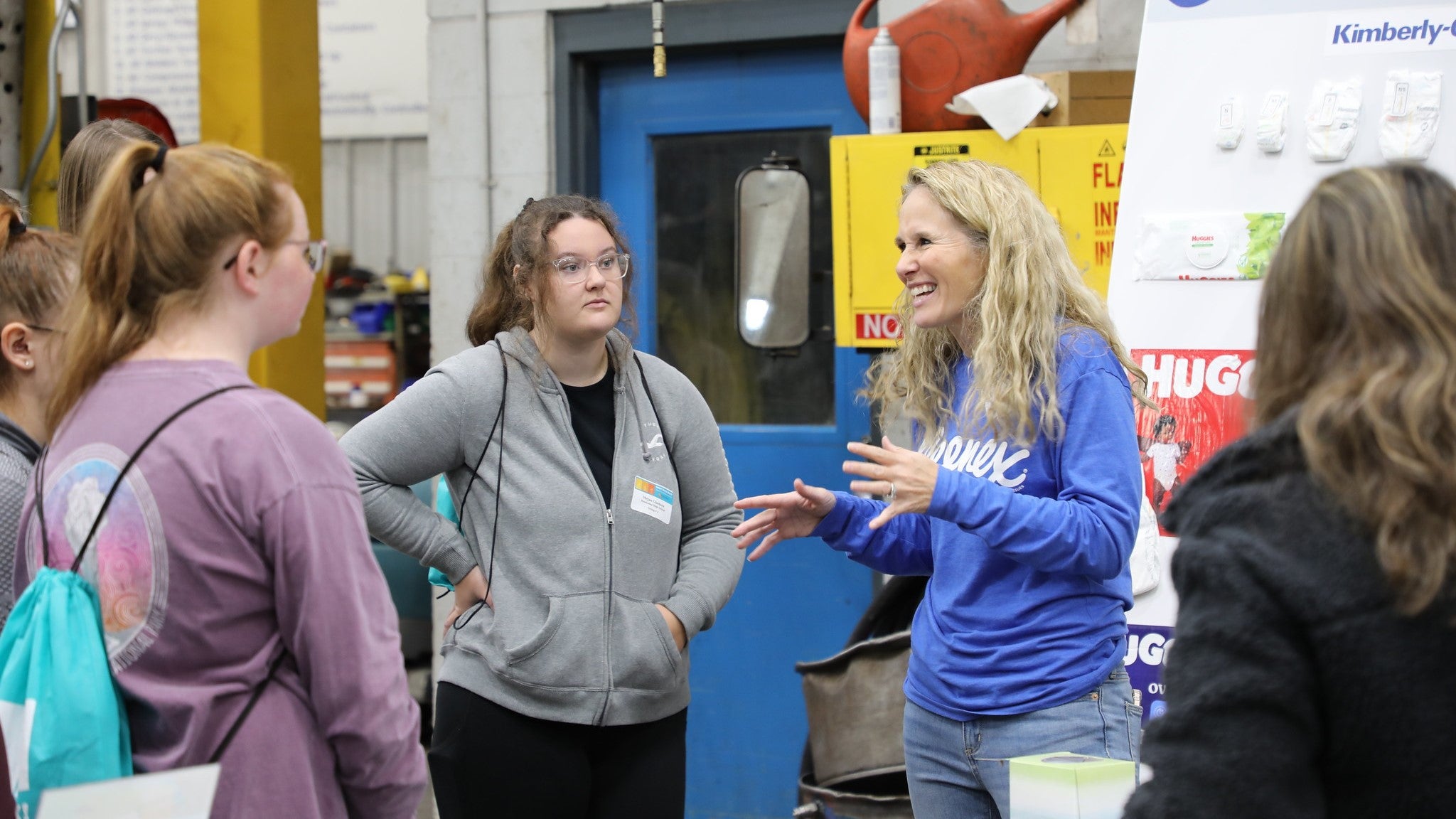As one of the Fox Valley’s first enclosed shopping malls began to decline in the 2000s, it threatened to leave a major vacancy along the downtown Oshkosh riverfront.
The former Park Plaza Mall opened in the 1970s, and was once home to major retailers like JCPenney and Montgomery Ward. It was home to more than 70 storefronts in its prime. But it began to decline as development along the Interstate 41 corridor caused many retailers to relocate in the mid-2000s.
In response, a group of local developers came together to revitalize the former mall in the late 2000s, when it was sold to new owners.
News with a little more humanity
WPR’s “Wisconsin Today” newsletter keeps you connected to the state you love without feeling overwhelmed. No paywall. No agenda. No corporate filter.
Today, the big-name retailers are gone, and in their place are a day care, several call centers, a popular local restaurant and various small businesses.
Had the site not been revitalized, filling the void “would have been a struggle” for the community, according to Oshkosh Chamber of Commerce President Rob Kleman.
“That would have left a gaping hole of vacancy,” Kleman said. “Over time, if projects aren’t developed, they (can) turn into an ongoing blight.”
In some ways, the decline of Park Plaza Mall and its transformation into City Center foreshadowed what was to come for the retail industry in the decades ahead.
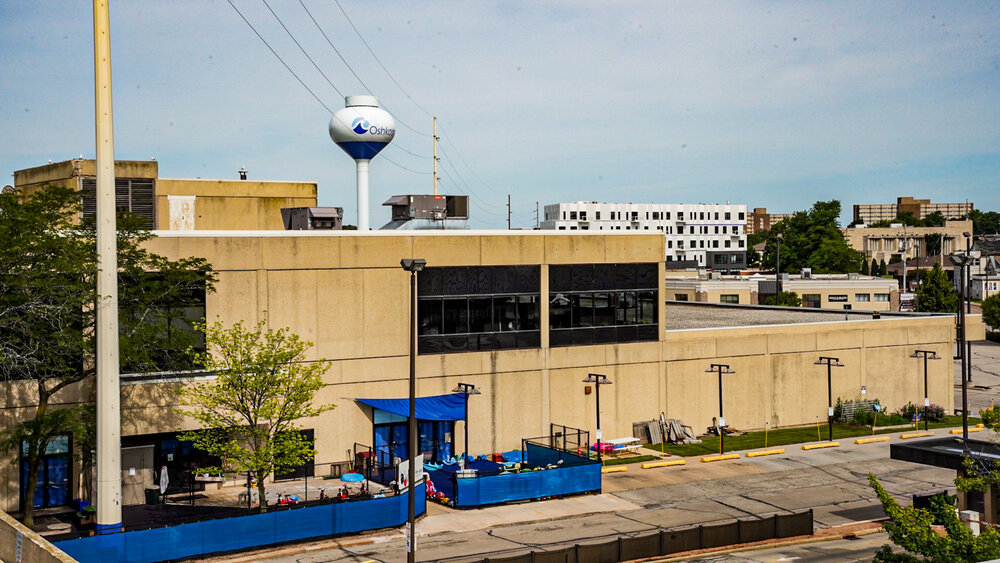
Former retail spaces across Wisconsin have undergone similar transformations after waves of closures over the last decade or so left many communities scrambling to figure out what was next for vacant stores and shopping centers.
An interior portion of Green Bay’s East Town Mall has found new life as a manufacturing facility for American Tent. A former Target in Superior has been converted into a manufacturing facility for Ravin Crossbows. The former site of the Wisconsin Rapids Mall is now a YMCA and Boys & Girls Club. And developers in La Crosse plan to transform a former Kmart site into a neighborhood hangout.
In Madison, a large grocery store opened in its Northside Town Center strip mall in the early 2000s, before being bought out.
“The company that bought them out had another grocery store nearby, so they closed this brand new grocery store down,” said Patrick Riha, a developer and business owner from Madison. “It was literally vacant space for 20 years.”
That is, until Riha began playing pickleball more than a year ago. When Wisconsin winter threatened to put a damper on the activity, Riha realized that Madison needed an indoor space that allows people to play the game year-round.
Because he had been using the former grocery store as storage for his other Madison business, Beef Butter BBQ, Riha saw its potential.
After getting the landlord’s blessing, Riha worked to convert the deserted grocery store into a state-of-the-art pickleball facility.
“We had to put in all new electrical, all new plumbing, all new flooring, all new lighting,” he said. “Everything was required new, but we ended up with a great facility that people love.”
He opened Pickle Pro Courts last August, which features multiple indoor courts, each contained with netting, and is open 24/7 to members. So far, Riha said the new facility has been a smash hit with the public.
“People do not want vacant storefronts — it just causes trouble,” Riha said. “People want activity and for something to do.”

Brick-and-mortar retail was hit by Great Recession, online shopping
The first malls launched in the 1950s, followed by big box stores in the ’60s. They continued to dominate the industry through the turn of the century, but faced new competition from online retail. Retail was hit hard by the Great Recession, which caused spending to drop across the board in the late 2000s. But even as other economic sectors recovered, brick-and-mortar retail stores continued to struggle.
In 2011, online shopping made up 8 percent of America’s total retail sales. By 2021, online purchases rose to account for nearly 20 percent, according to Digital Commerce 360, a retail industry research and media firm. The roughly $870.8 billion consumers spent online in 2021 exceeded 2019 spending by 50.5 percent.
From 2010 to 2019, at least 9,585 retail stores in the United States closed in what many have called the “retail apocalypse.” By 2015, Amazon had surpassed Walmart as the most valuable retailer in the world.
In 2017 alone, the U.S. saw more than 7,000 retail stores close. Industry analysts say another 30,000 to 80,000 could close in the next two years.
Waves of store closures created a lot of empty buildings in a lot of Wisconsin communities.
After filing for Chapter 11 bankruptcy protection last year, Sears Hometown announced in December that it planned to close all 115 of its retail stores, including its five remaining locations in Wisconsin: those in Ashland, Rice Lake, Sparta, Spooner and Superior. Two years earlier, JCPenney filed for bankruptcy and announced plans to close 154 stores in the U.S., including one in Wisconsin. In 2019, Shopko’s bankruptcy led the Wisconsin-based company to close more than 300 locations in 23 states, including dozens in Wisconsin.
David Buck, a principal planner for the city of Green Bay, said vacant big box stores create a “dead zone” in the middle of commercial districts, especially as they “degrade” over time.
“From a taxpayer standpoint, it doesn’t impact us right away because the building is still right there — the city still gets value off of the building, whether it’s occupied or vacant,” he said. “However, over time, it’s going to lose its value, and that’s not good. But also, typically what goes along with that big box is a large parking lot that is no longer being used or maintained.”
In the case of Green Bay’s East Town Mall, developer Garritt Bader said those driving by the mall might not even realize it houses an industrial facility inside.
“What I essentially did was take the entire back three-quarters of the mall, and that is now the light industrial user that’s in there,” he said. “The front, facing towards the parking lot, is all retail.”
On the city’s west side, a former Sears has been razed, and the property has been broken into six parcels. A gas station will occupy one of the parcels, while developers are still soliciting the others.
JJ Alaily is a Milwaukee-based developer whose firm is working to redevelop the site. He said parceling up former big box space into several smaller stores is the most common way of redeveloping.
“With where construction costs are today, it really makes sense to go in and grab up these empty boxes and chop them up into smaller boxes,” Alaily said.
Oshkosh retail plaza sees new life
In Oshkosh, a former strip mall, called “Aviation Plaza” for its proximity to the EAA grounds where the annual AirVenture show is held, has seen new life in recent years.
It once housed Walmart and JCPenney. But Walmart moved to a new location across the highway in 2003 and JCPenney closed in 2015, leaving Rogan’s Shoes as the lone operating storefront in the plaza.
As the years progressed without development, the former Walmart continued to decay until it was razed in 2007, Kleman said.
“Over the years, one of the top-five burning questions we received here at the Chamber was, ‘What is going on with the Aviation Plaza site?’ Because it was a big blight as you’re coming into Oshkosh,” Kleman recalled.
Developers worked with the city to revitalize the decaying retail plaza in the late 2010s. They built a large, rustic brick and wooden building where Walmart once stood. That structure became home to Mineshaft, an arcade, bar and restaurant.
The Mineshaft’s Oshkosh location opened in 2020, and has already become a boon for the community, drawing visitors from all over the Fox Valley and beyond, Kleman said.
According to Mineshaft owner Tom Masters, the restaurant and arcade draws thousands of people to Oshkosh each week.
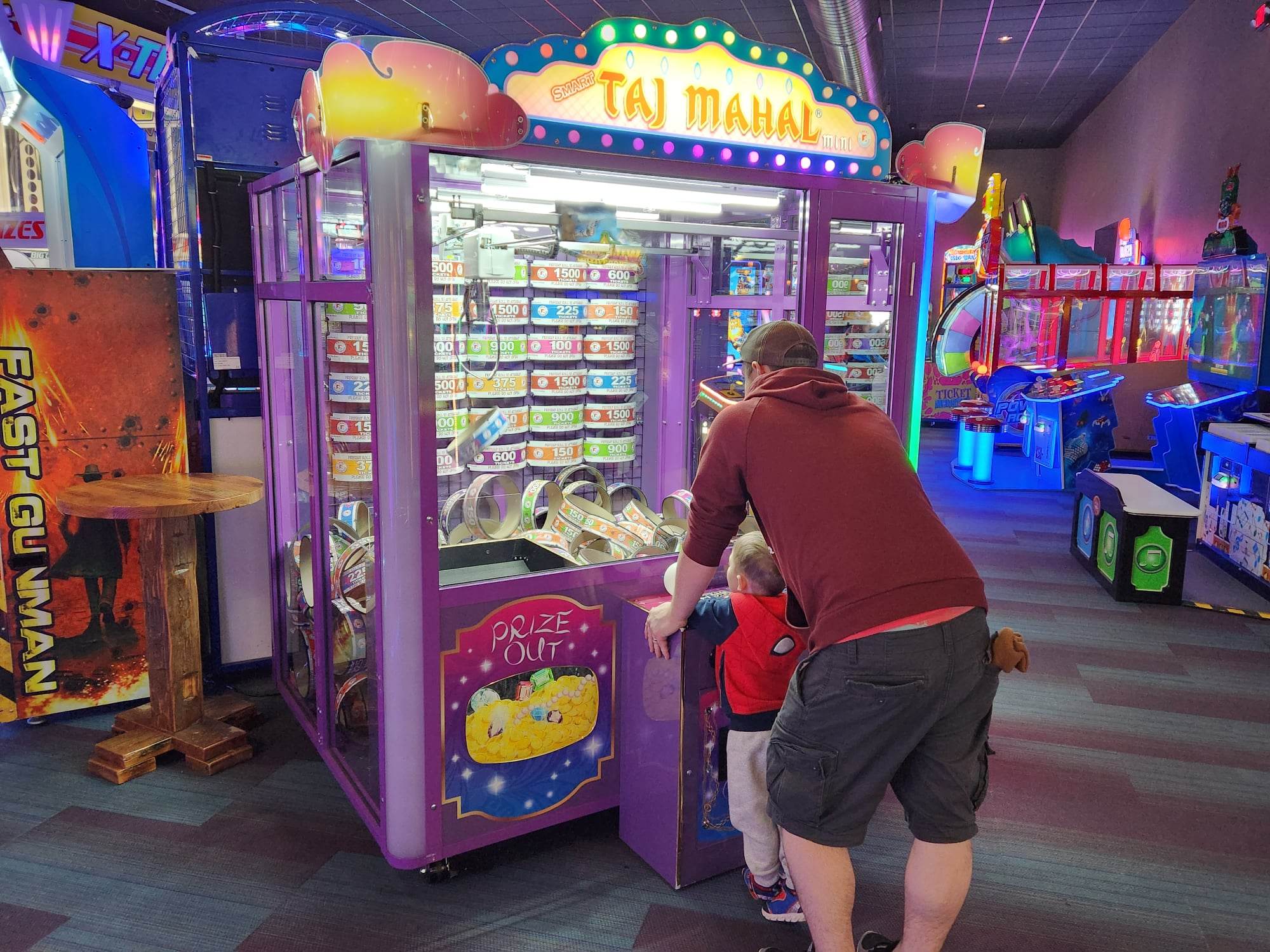
Masters plans to expand the restaurant’s game room, add another dining room and build an outdoor dining space.
“It’s a huge expansion,” Masters said. While he doesn’t yet know exactly when the expansion will move forward, he said it could happen in the “next year or two” if all goes well.
Beyond Mineshaft, the neighboring JCPenney has also been converted into the second location of Extreme Customs, an automotive tech company that sells custom rims and tires.
Kleman said revitalizing those properties was important because they sit near the EAA Airventure grounds and the Interstate 41 corridor.
“Having this great redevelopment there, as people enter Oshkosh, it just kind of transforms the image that we have when you’re coming into the community,” he said.
Janesville hopes to turn vacant Sears into economic engine
In south central Wisconsin, Janesville leaders hope to transform a former Sears into an economic engine for the community. The department store in the Uptown Janesville mall closed in 2019, but is set to become an indoor sports complex.
The Woodman’s Sports and Convention Center will include space for conferences that could be converted into a space for youth sports, a year-round ice rink and an area that could be used as ice, turf or hardwood.

Since October 2021, cost estimates for the project have risen from $29 million to $50.3 million. Officials attribute the increase to inflation.
Despite the elevated costs, Janesville Neighborhood Services Director Jennifer Petruzzello said the sports complex will have an annual economic impact of $23 million and a one-time construction impact of nearly $75 million. Officials hope to open the sports and convention center in fall 2024.
After the Woodman’s Center opens, Petruzzello said the city could see an estimated annual income growth of $7.2 million and the addition of 228 full-time jobs.
“It allows us to diversify our economic drivers and expand into the sports tourism market,” she said.
Beyond boosting tourism, she said the project also has the potential to revitalize the entire mall, which has come on hard times in recent years.
“The situation with the overall mall has continued to decline with further loss of tenants to that building,” she said. “We’ve seen the redevelopment potential that the Woodman Center could bring to this area of our commercial corridor as having more and more significance as time has been going by.”
Wisconsin Public Radio, © Copyright 2026, Board of Regents of the University of Wisconsin System and Wisconsin Educational Communications Board.
